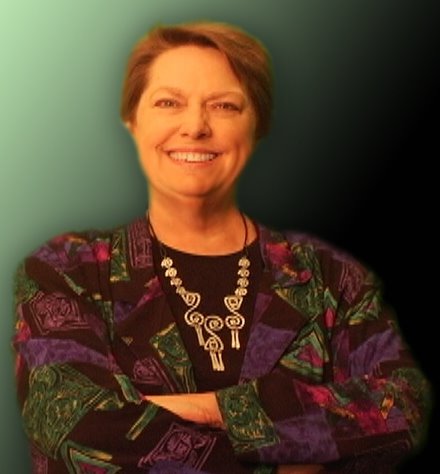Business as the Ultimate Art Form
“Don't worry about people stealing your ideas. If your ideas are any good, you'll have to ram them down people's throats.” Howard Aiken
Why would I call business the ultimate art form? Businesses start from an idea that creates meaning –to its owners, workers, customers and even in some cases to the world at large. A sculptor chips away rock or forms clay into a figure that is meaningful and beautiful, but when it’s done, it’s done. In business, the tools and media used are dynamic—people, ideas, capital, systems—all changing all the time. A business is never “done”—at least not until it closes its doors.
It takes art to conceive of the idea for a new business, product or service. The science takes over, putting systems and procedures and principles to work. Danger happens when a company continues doing the same thing in the same way too long. When the environment changes, which it does all the time, the business has to change, too.
Look at Netflix as an example. This company has been around less than ten years, and in that time has become the standard of movie rentals. Other companies in that business, like Blockbuster, have had to adopt the Netflix model just to stay in business.
Now Netflix is facing the need to transform the way it operates because people are starting to download movies instead of waiting for them in the mail. The same thing happened in the music business which is still reeling from the need to change. They wasted too many years trying to stop people downloading music before realizing that they had to instead find a way to work with the new technology.
Somebody once said, “You have to ride the horse in the direction the horse is going.” When the horse changes directions, businesses have to change, too.
We know that change is now happening faster than ever before in history. As Dorothy might say, “Things come and go so quickly here.” That’s why business schools are starting to teach creativity.
Businesses are beginning to value creativity. In 2005, 29% of MBA programs had courses in creativity and innovation and nearly 92% of the rest said they were likely to offer one in the next five years. (Business Week Online) According to some professors, “employers in the new economy value innovative and creative thinking as much as traditional frameworks and skills.”
It’s time to hone your skills in creativity. Over the next few months, I’ll be giving you 101 ways improve your creativity, innovation and ingenuity. Stay tuned.
©2007 Dixie Darr. All rights reserved
